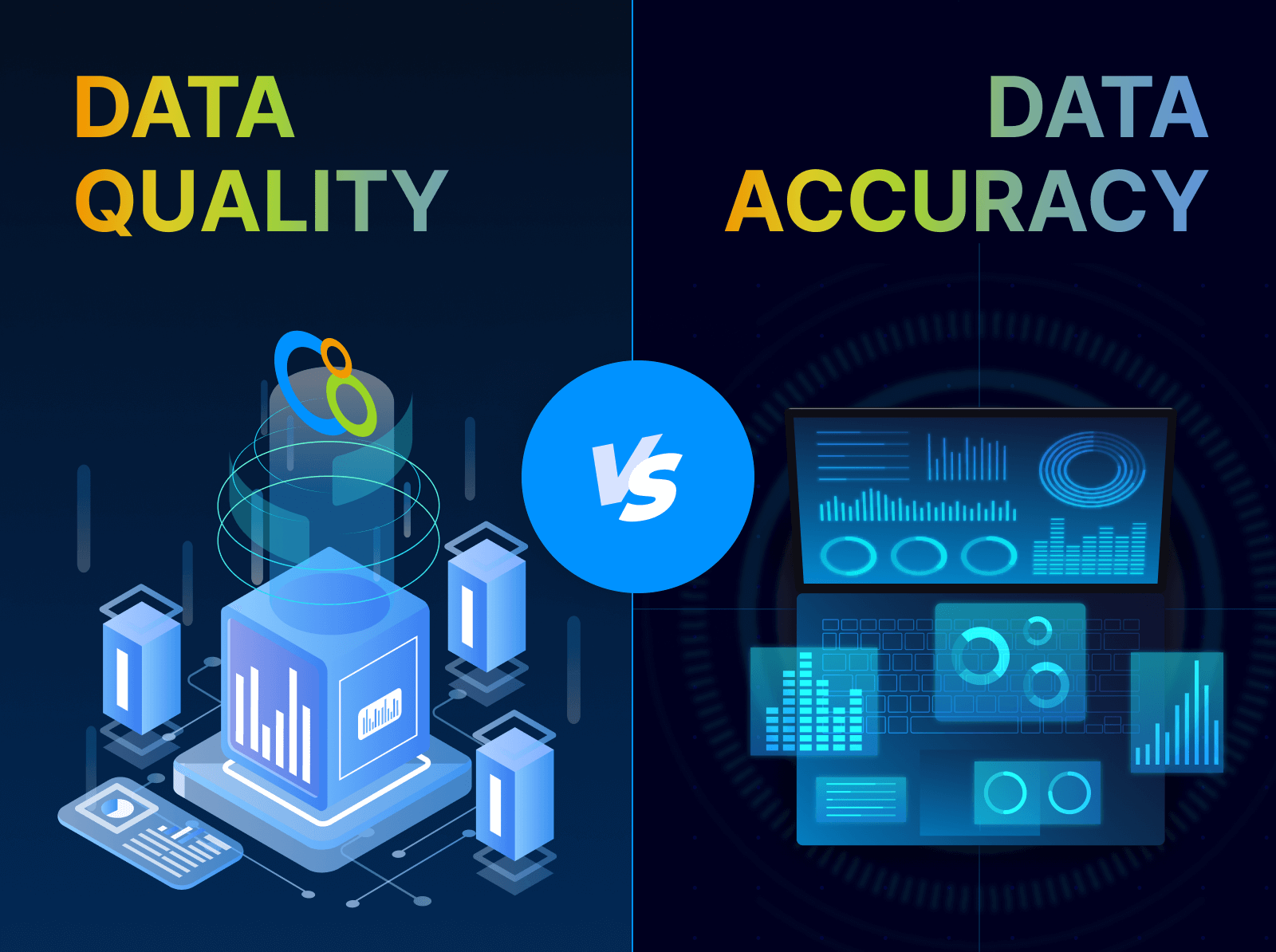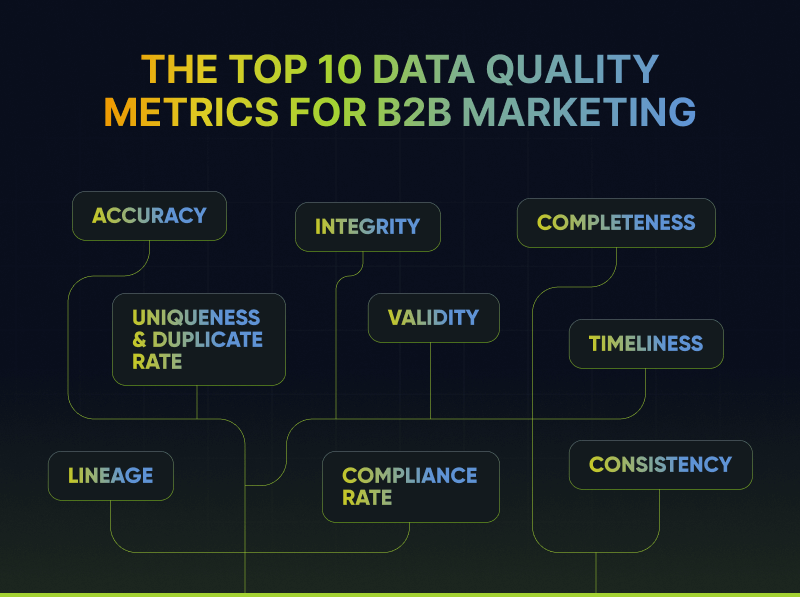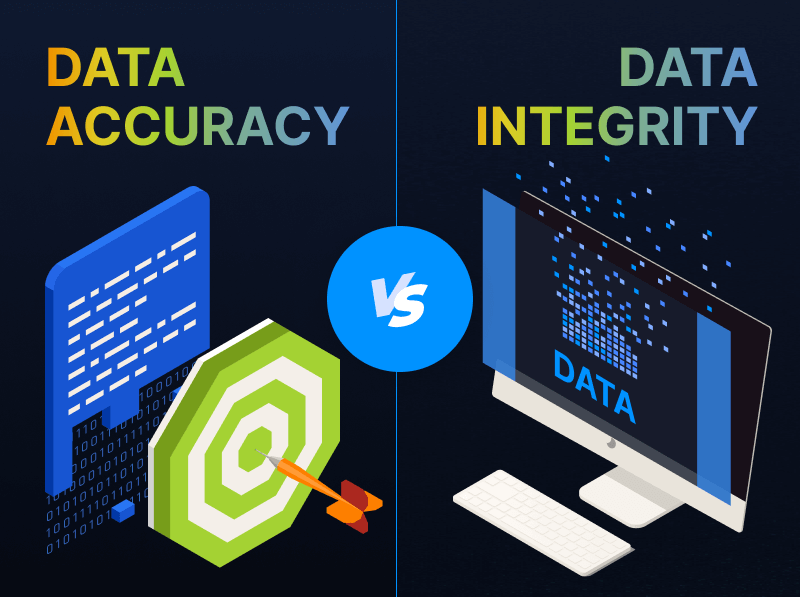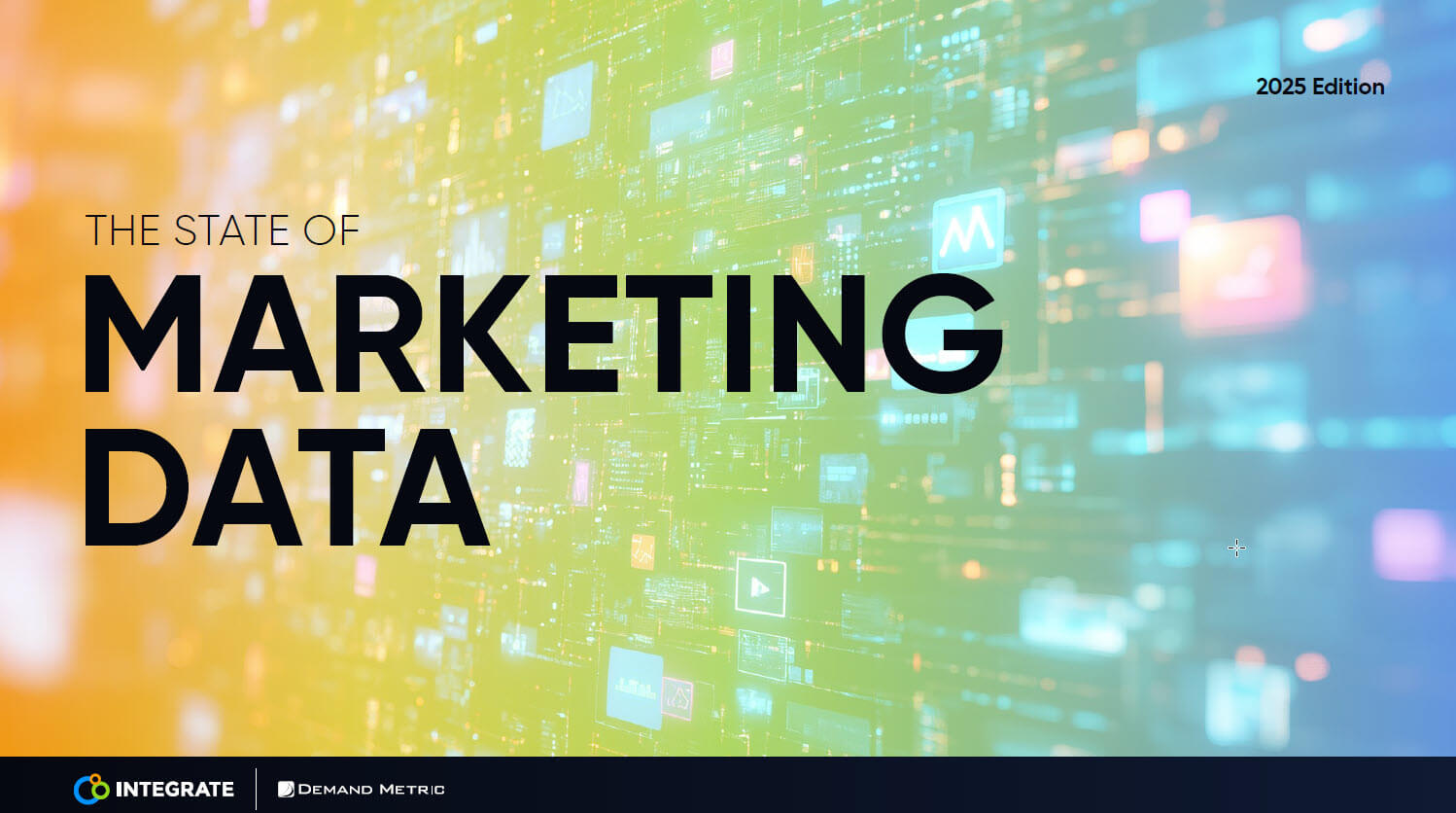Marketers: It’s Time to Abolish “Campaigns” and Stop Promising “Leads”
Dawn Colossi is Senior Director of WW Digital Marketing at Commvault and SiriusDecisions ROI Award Winner for Digital Content Marketing Strategy.
A few years ago, I was your typical B2B marketer: I had a “lead goal” (144K to be precise); was churning out “campaigns” (read: three emails and a landing page); and I was completely frustrated that all of my “BANT-qualified” MQLs weren’t turning into revenue. The way I saw it, I had a few choices:
- Start drinking
- Keep on doing what I was doing and hope things would just get better
- Or figure out a new way to create demand
I chose number three – well, with a bit of number one on the side, if I’m being honest. Everything I was reading at that time led me to one conclusion: data-driven, digital content marketing may have incorporated all the latest buzzwords, but it was unproven. Further, it seemed very complicated. No one had a blueprint on how to get started because no one was actually DOING it – they were just WRITING about it. Be that as it may, the concept still made a lot of sense to me, so I decided we were going to figure it out.
It All Starts With the Buyer’s Journey
SiriusDecisions concluded a while back that “67% of the buyer’s journey is now done digitally.” I’m sure you all remember when this first came out. I think every email pitch I received and every vendor I spoke with was using this stat or some variation of it.
In my mind, we were digital. We had a website, obviously. We did email “campaigns,” some online advertising with banner ads and had been doing content syndication programs, or “lead gen” programs as they were referred to, but we definitely didn’t see this as content marketing.
In fact, I had gotten an IM from the CMO once that told me to “shut down” content syndication because we weren’t getting anything out of it. But that just didn’t make sense to me.
What was starting to make a lot of sense to me, however, was everything I’d been reading about the buyer’s journey. Of course, people do more than one thing before they made a buying decision – I certainly did.
Suddenly, it didn’t make sense that we actually expected someone to download a piece of content from a content syndication program and be ready to talk to a sales person.
Think about that for a second. Someone goes to a publisher site, they’re looking around and decide they want to read your whitepaper. So, they quickly fill out the form, providing their name and email address to download it. They very likely have little idea of what your company does or whether they’re interested in your product. Is this really a “lead”?
It seems so absurd now. Why should we be calling this lead gen?
We were definitely missing something. So the first thing we decided to do was go back and look at closed/won deals. We wanted to see if we could plot out the actions taken by an account before the opportunity was created through to closed/won.
The Buyer’s Journey is Real
This is what we saw:

And, this is where it got exciting! We could see accounts taking 5, 10 or 15 actions before the opportunity was created, from website visits, to content syndication downloads to email click-throughs.
Further, we could actually predict what they bought based on the content they were downloading. And here’s the crazy thing, we didn’t feed them that content, they found it on their own – they were educating themselves.
That was our first “Aha” moment: We needed to go from micro to macro view. We were so focused on last touch attribution and it was hurting us in a few ways:
- We were just throwing content into market, which is a lot different than content marketing.
- We couldn’t see how our buyers were educating themselves through multiple marketing channels because we were so focused on tying one hand raise to an MQL.
- And, we were so busy fighting with sales on who could take credit for “creating” the opportunity because of the last action a person took – we just couldn’t see the big picture.
This is when we thought, “What if we actually created a path with our content that made it easy for the researchers to find what they were looking for?” This was the start of our first actual content plan.
With the realization that, while we had a ton of content that we were throwing out to the market, we definitely weren’t doing content marketing, we knew we should seek outside help. We were creating digital landfill, and we had to be stopped!
So, working with key partners, we started with two content audits. Why two? It’s kind of like going to two doctors for their opinions, we wanted to see if they agreed. They did. What we learned was:
- As a company, we were navel gazers. Yup, we loved talking about ourselves. We had a ton of mid-stage (education/consideration stage) content – you know the type, 20-page whitepapers that had proprietary, vendor-specific speak and over-complicated technical diagrams all over it. But we didn’t have any early stage/awareness stage content. The content that talks about the buyer’s pain point – not our company, product nor features—which was going to capture the buyers at the very beginning of their buying cycle.
- We also found that although we had no shortage of content, almost none of it was tied together to tell a complete end-to-end story. Instead it was random content coming from all corners of the business with no clear objective.
- And, essentially our website had become a “dumpsite” with each section driven by internal teams’ conflicting objectives. No one was putting the reader first.
Simply, there was no content strategy.
Customers Need a Guide
If true content marketing was our goal, we needed to do three things quickly:
- We had to start over and create a story with our content, where each piece of content became a chapter to the overall story but also could stand on its own and be valuable to the reader even if that was the only piece of content they ever read from us.
- We needed to map the content to the stages of the buyer’s journey. (See my blog on the buyer’s journey here).
- And then this is where we had a second “Aha” moment: Building content was just the beginning. Just putting it all on our own website wasn’t going to be enough. It’s kind of like online dating; when you decide you want to meet other people, you don’t build your own website and hope someone finds you, you put your profile on a dating site where people are looking for a date.
Lesson #1 Stop Looking For Leads
We knew we’d have to strategically use “other people’s websites” (i.e., our content syndication partners) – not just our own site – to reach buyer’s with the appropriate stage content where they we ALREADY looking at the beginning of their journey.
This meant “Awareness Stage” content would be the majority of what we put in content syndication. And then we’d develop nurturing programs based on the content that was downloaded from content syndication.
This was a completely different way of thinking. Instead of seeing that email address equaling a lead, we saw it as a first touch and then fed more content to the reader.
We started showcasing mid-stage content, the “Consideration/Evaluation Stage” content, on our website. Our logic was if someone came to the website, they wanted to know about us. And we also used our marketing automation platform to build known visitor nurturing programs so we could send a website visitor more content around the subject they seemed to be reading about. We also started enabling our partner ecosystem with this content.
Late-stage content was on specific pages on the website, such as case study pages, how to buy pages, etc.
So we built our content plan by mapping content to the appropriate watering holes – putting content where we knew buying teams would go when looking for a solution to their pain point and then attached a nurturing program to the content.
It’s Not a One-and-Done Game, It’s About Engagement
After the program ran for a while, we saw that was our most successful nurturing programs in the past 5 months were from our website known visitors – we were seeing 50-60% open rates, and 15-20% click-through rates. Compare this to normal open rates of 7-10% and click-through rates of 0.7% and you can see why we were excited.
This was another “Aha” moment: People who consumed content would continue to read content if it was relevant to their job and their pain point. They didn’t just read whatever we wanted to SPAM them with.
So, we formed an hypothesis: If we focused our budget on finding accounts when they were ALREADY looking for a solution, then we just needed to convince them to talk to our sales team and put us on their shortlist –hopefully getting us on more shortlists. This would eliminate the spray-and-pray methods we were previously using. We’d focus our efforts on those accounts showing buying-intent signals, engage with them and eventually they’d turn into an opportunity.
The other consideration we had was the only “leads” that we were sending to our Lead Development team to convert to MQLs were those that filled out a form and we knew, only a very small number actually filled out a form. We needed a better way.
Lesson #2: Abolish the Point in Time “Campaign” and Become Always-On
Another “Aha”: We needed a way to deemphasize the form fill-out and instead identify an account that was showing high engagement so that we could pass them over to the Lead Development team.
So instead of our “three emails and a landing page” campaign strategy, we moved to an engagement strategy based on the buyer’s action. We constructed each piece of content/action so that there are next touches that connects all of our content.
We wanted to get the prospect to gated and ungated content and give them a choice to take the next action based on their comfort level. And the program is ALWAYS ON – not on a campaign calendar. So no matter when a prospect searches for content around their pain point, our content can be found and could focus on building a digital relationship.
Before we were completely reliant on the form fill-out, but now we knew we needed to find other ways to convert them into an opportunity which we decided would be:
- Increase and strategically link content syndication to inbound. We created a digitally engaged accounts by serving up relevant content mapped to key personas. We thought if we could be a trusted advisor through our content, we’d drive more inbound leads. It seemed simple: if people liked how we looked online, they’d want to meet us in person! (Again, just like online dating).
- Webinars. We created a webinar strategy in which we invited digitally engaged accounts to an interactive webinar that had an expert talk about strategies around solving their pain point – not talk about our product. And who didn’t want expert insights when they were trying to solve a problem?
- Lead scoring. Get the account to engage in enough actions, about 3-5 to drive its lead score up so that it would go to a lead-development representative (LDR) to convert to prospect. Previously, our LDRs were only calling on web forms and event attendees.
Results
Since starting our Always-On program, we’ve had a third-party analyst firm, SiriusDecisions, analyze on our results. Their report showed that our digitally engaged accounts have consistently higher win rates – about 15% higher – as well as a 20% higher deal size. We now have PROOF! Digital content marketing works.
We’ve also seen that digitally engaged accounts have a higher conversion rate to opportunity – about 14-19%. For years we were struggling to get our suspect-to-MQL conversion to the industry standard of 4-9% and now we were at 14%.
A New Conversation
With what we’ve been able to achieve with our digital content marketing and the data we’ve been able to show, we’ve been able to change the conversation within marketing. There are certainly some white-knuckled marketers holding on dearly to their “3 emails and a landing page” campaigns (change is hard, for sure), but we’re talking about an always-on engagement model based on the SiriusDecisions campaign framework: reputation, demand generation, sales enablement and market intelligence.
You see when I say “abolish campaigns,” I’m talking about one-off tactics, dead-end outbound strategies and spray-and-pray methods – they aren’t helping anyone.
We’ve also changed the conversation with sales. We now create digitally engaged accounts and work to pass the intelligence we gather to sales so we can empower the sales team to be valuable to the customer from the very first interaction. It’s removed the “Marketing leads stink/sales doesn’t follow up on my leads” war.
Instead we’re focusing on creating digitally engaged accounts and when we get sales involved to become personally engaged.
I’d love to hear from you about your struggles, triumphs and thoughts about marketing’s evolving role. Please reach out on LinkedIn.









